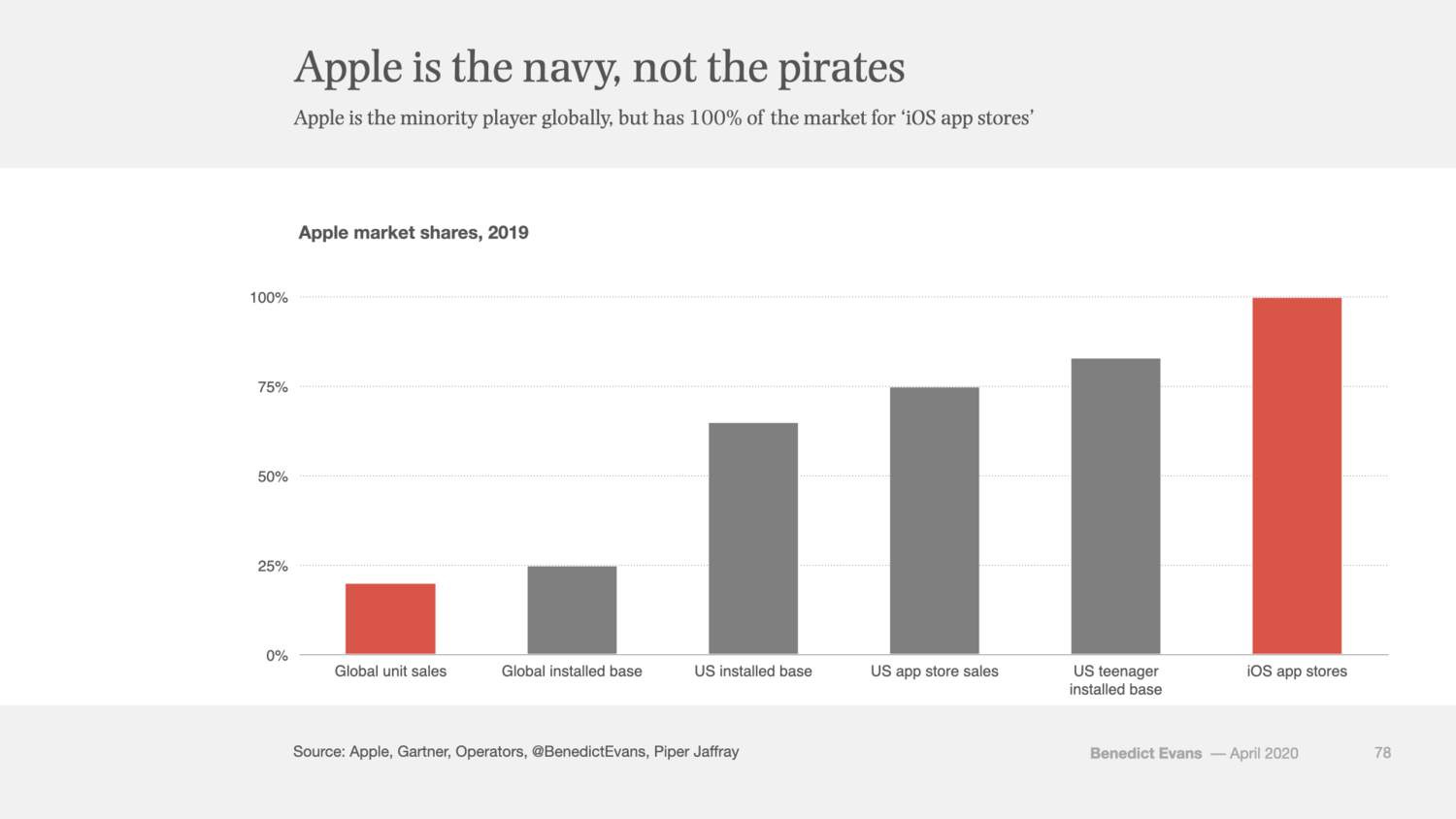Sublime
An inspiration engine for ideas
The best product websites do more than pitch. They explain, guide, and reflect the product itself, and often serve as a company’s first impression.
For Design Review, YC’s @aaron_epstein is joined by Karri Saarinen (@karrisaarinen), co-founder & CEO of Linear, to break down how today’s best software companies design... See more
Y Combinatorx.comGiven Apple’s advantages in chips, manufacturing, design, hardware/software integration and ecosystem, they have no excuse not to win — and already be in a solid place. That’s the point.
Mark Gurmanx.com
The interesting theme from the Jony Ive interview was that product developers should be less focused on metrics and instead infuse their values in the products.
Indirectly, this was a jab at frameworks used in the development of social products—or essentially: how Facebook is run.
But the... See more
Nikita Bierx.comI like to make fun of Tim Cook for not being able to ship a meaningful product...but honestly, what did Steve leave him with?
If Steve were alive today he would not be working on electric vehicles or AR goggles. He seemed pretty happy with his SL 55.
He only did the iPhone because he hated... See more
Prestonx.comBen Thompson, who writes about business and technology on his blog, Stratechery, goes so far as to suggest that delivering this kind of value is, itself, the definition of a platform, as opposed to aggregators.
Nadia Eghbal • Working in Public: The Making and Maintenance of Open Source Software




The age of the thoughtful computer (or my humble computing history oriented take on @Humane and its iPad like problems).
What is the AI Pin?
The Humane AI Pin is a focused, thoughtful computer designed to pull you out of your phone screen and to perform some activities and tasks in a more ambiant way to... See more
Productivity software is a gigantic industry (lots to unpack there). And within the category, there seem to be two schools of thought: breadth of function of range of integration. i.e. "software that can do everything you need” or “software that can connect to all your other software” —— These two approaches are fueled by the same thing: “how can... See more
STR4TSTR4TS_v169
The iPhone’s success was sparked by world-class software and hardware design, but its moat was driven by economic switching costs.
In 2013 there was a growing investor consensus that Apple’s iPhone innovation had peaked, and that Samsung’s new Galaxy phone would finally crush Apple’s smartphone growth and... See more
Bill Shopex.com